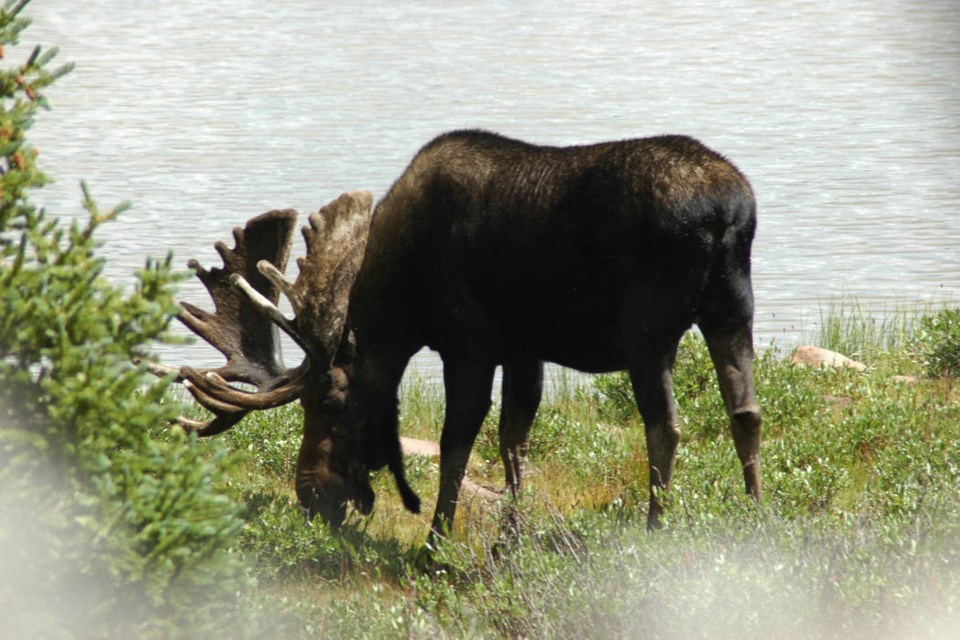NORTHWESTERN ONTARIO -- A survey aimed at people who hunt moose in Ontario is expected to give provincial officials a clearer picture of how moose are hunted and how hunters feel about how the big-game animals are being managed.
The random-sample survey, which became available last week and runs until the end of March, is being conducted by the Ministry of Natural Resources and Forestry. The last survey was conducted in 2012.
The latest version comes as hunters who prefer to try and bag a moose within a short drive of Thunder Bay continue to have concerns about how the ministry determines the animals’ health and abundance in that neck of the woods.
Survey respondents are to be asked about the 2023 hunting season specifically. The survey is to be sent to 4,000 hunters who live in Ontario, other parts of Canada and the U.S.
“For the 2023 survey, we are (additionally) interested in learning about Ontario resident perspectives on the points-based tag allocation process, as well as resident and non-resident experiences hunting with tourist outfitters in Ontario,” Jamie Stewart, acting director of MNRF’s policy branch, says in a letter to interested parties.
“Invited hunters will be able to complete the survey online using unique passcodes provided in their invitation letters, or by filling out and returning a paper questionnaire using a provided postage-paid return envelope,” Stewart says.
The largest area where provincial moose-hunting tags are offered close to Thunder Bay is Wildlife Management Unit (WMU) 13.
The health of moose populations in WMU 13 remains a bone of contention among sport-hunting groups.
John Kaplanis, the executive-director of the Northwestern Ontario Sportsmen’s Alliance, said hunters and trappers “report seeing more moose in recent seasons” in WMU 13, even though MNRF says moose density in the unit is “low.”
“We’re seeing good moose populations in pockets across the unit, particularly up Highway 527, the Boreal Road forest area, and to the south-west part of the unit around Northern Lights Lake,” Kaplanis said Monday in an email.
Kaplanis added: “So I would speculate that within WMU 13, moose are not as spread out across the landscape like they were 15 years ago, but rather are inhabiting specific parts of the geography where the forest conditions favour their health and productivity.”
Meanwhile, wolf and coyote sightings in the unit have increased, Kaplanis said.
The Chronicle-Journal
